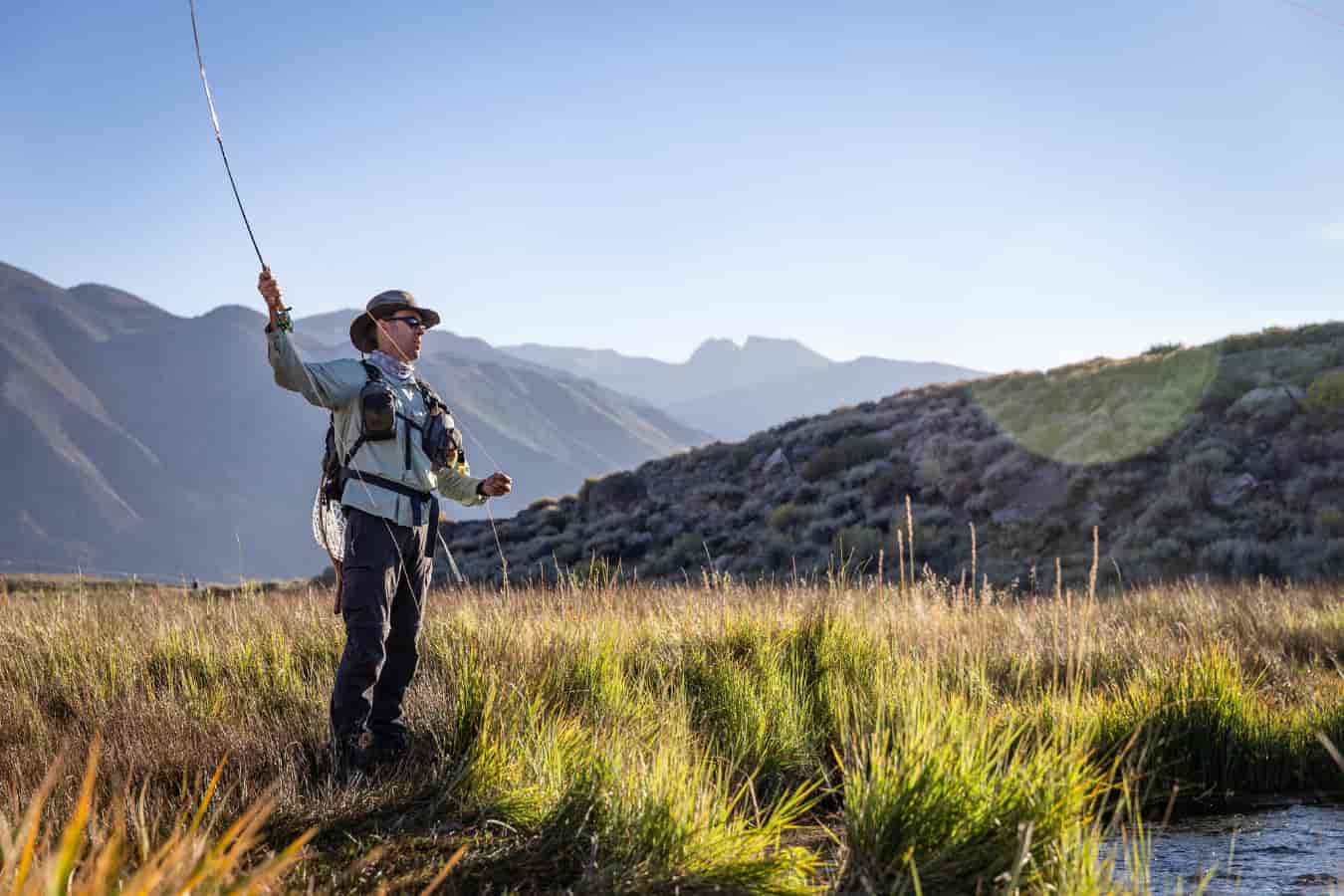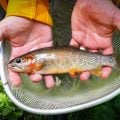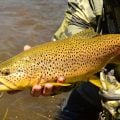Ask MidCurrent: Casting a Fly Rod vs. Casting with Traditional Tackle

Image by Michael B. Marois
Question: I’m having a hard time wrapping my mind around the physics of casting a fly rod, and I think this is causing problems with my casting. So what is the main difference between casting a fly rod and casting traditional tackle?
Answer: I’d wager that you already know the object being cast with traditional tackle. It’s the lure or bait on the end of your line. Now what are you casting with the fly rod? Hint: It ain’t the fly
The Science of Casting
In traditional tackle casting, the science revolves around the physics of momentum and leverage. The equipment—rod, reel, and line—are selected based on the weight of the lure, which plays a critical role in the casting mechanics. When you cast, you’re leveraging the stiffness of the rod against the inertia of the lure. As you snap the rod forward, the stored energy in the bent rod transfers to the lure, flinging it out towards your target. This method allows for effective control over the trajectory and distance, enabling precision and power for reaching more distant waters. All things considered, the harder you fling the further it will go.
The science behind fly casting is quite different, focusing on the dynamics of a different type of energy transfer. In fly fishing, the heavier fly line itself is what’s being cast. The line’s weight, combined with the flexible nature of the fly rod, allows for a dynamic loading and unloading of energy along the length of the rod. This process requires a rhythmic motion where the angler effectively uses the line’s own mStromentum to extend its reach. All things considered, fly casting is more about rhythm, momentum, and feel.
Strategies for Each Method
Each method also interacts differently with the environment. Traditional tackle can be used in diverse conditions, including windy scenarios and waters with heavy vegetation. Its versatility in handling different types of lures and baits allows it to adapt to various aquatic habitats and fish behaviors, making it effective in both fresh and saltwater conditions.
Fly fishing, while somewhat more limited in range, excels in minimal environmental disruption. The gentler casting technique and the natural presentation of the fly make it a preferred method for anglers who are keen on creating little disturbance in the water and the most natural presentation. Fly fishing is particularly effective in environments where the clarity of water and the skittish nature of the fish demand a stealthy approach.
Beyond the physical differences and practical applications, there’s a philosophical divide between these two forms of casting. Conventional tackle casting might be seen as a more assertive and versatile approach, suited to aggressive fishing strategies. Fly fishing, in contrast, is often viewed as an art form—a meditative practice that requires patience, precision, timeing, and a deeper understanding of the aquatic ecosystem. It’s not merely about catching fish, but about connecting with the rhythms of a rising trout, learning the habits of the fish’s prey, and mastering the subtle art of presentation. In sum, while both methods serve the fundamental purpose of catching fish, they offer distinct experiences and are suited to different environments and species. The choice between them can reflect personal preferences, the specific challenges of a fishing location, and the behaviors of the target fish.











